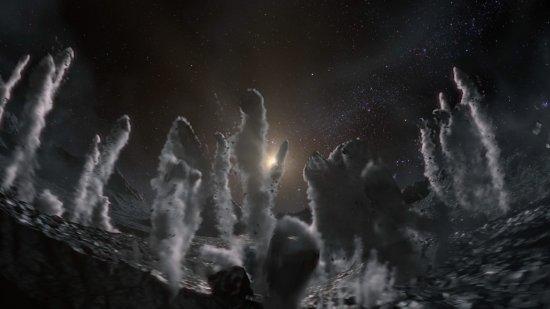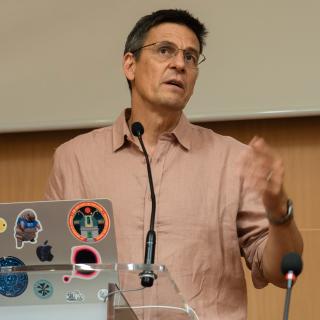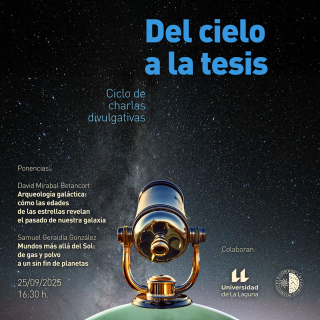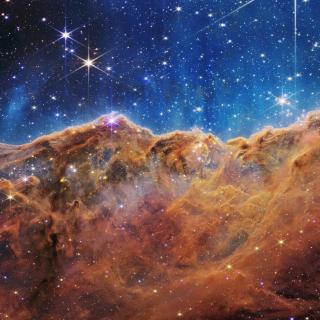The Astrophysical Institute of the Canaries, (IAC), the Extremadura Centre for Advanced Technology (CETA-CIEMAT) and the company Eurocosmos are developing a product financed by the Spanish Foundation for Science and Technology, (FECYT), to produce audiovisual material in a format designed to be projected in domes and planetariums. With the title of “Exploring the Solar System”, this computer designed material aims to popularize science in a new and effective way, so that the spectators participate in an extraordinary journey through different scenarios of the inner Solar System. This will allow them to see and sense, directly, the regions which are neighbours to our planet.
“Exploring the Solar System” is designed to arouse the curiosity of the public to understand and appreciate amazing, novel aspects of bodies such as the Moon, Venus, Mars, asteroids, and comets, virtually unknown until now to the great majority of people, and which have not been shown in previous astronomical documentaries.
This new product, which will be shown for the first time in planetariums throughout Spain, will be produced in six different formats, four of them with sound tracks and sequences adapted to different age groups, beginning with six year olds, and a further two formats without sound tracks, which permits a populariser, or an astronomer, to participate during the projection. “Exploring the Solar System” will be distributed without charge to all those planetariums and projection-halls who ask for them. The documentary comes in two levels of resolution, one suitable for small and medium sized planetariums (2k) and the other in very high resolution (8k) for large planetariums. The spoken accompaniment, in Spanish, can be augmented with subtitles for the hard of hearing.
“Exploring the Solar System” allows us to walk on the surface of a comet, to descend into the dense atmosphere of Venus, or to look at the Martian volcano tubes, thus allowing people to see phenomena previously only seen through telescopes or with space probes. The musical sound track, composed specially for this documentary, gives an added spectacular dimension to the images which have been created digitally based on rigorous scientific knowledge of the themes involved.
From now on it will be possible to see the first images of the documentary en two trailers which can be accessed via the web page www.explorandoelsistemasolar.com . The website has been configured so that it can be correctly visualized from any normal electronic reader (PC, cellphone, or tablet), and contains a form with which planetariums, museums, and other interested parties can request the documentary in any of its formats.
The production of the documentary in its high resolution format (8k), will be possible thanks to the supercomputing infrastructure of the Extremadura Centre for Advanced Technology (CETA-Ciemat), co-funded by FEDER. The IAC team, led by Miquel Serra-Ricart, has provided the knowledge of the scientific evidence on which the visual interpretation of the astronomical phenomena is based. The Eurocosmos company has contributed with its longterm experience in showing films in planetariums, and in adapting these for different types of audience.
More information can be found on the website of the project: www.explorandoelsistemasolar.com and on the websites of the collaborating institutions and organizations: www.ceta-ciemat.es, www.iac.es, and www.eurocosmos.net, and on the website of the CETA.CIEMAT Planetarium (planetario.ceta-ciemat.es)
Contact: Miquel Serra-Ricart (mserra [at] iac.es (mserra[at]iac[dot]es), tel: 922605750, 649848305)



